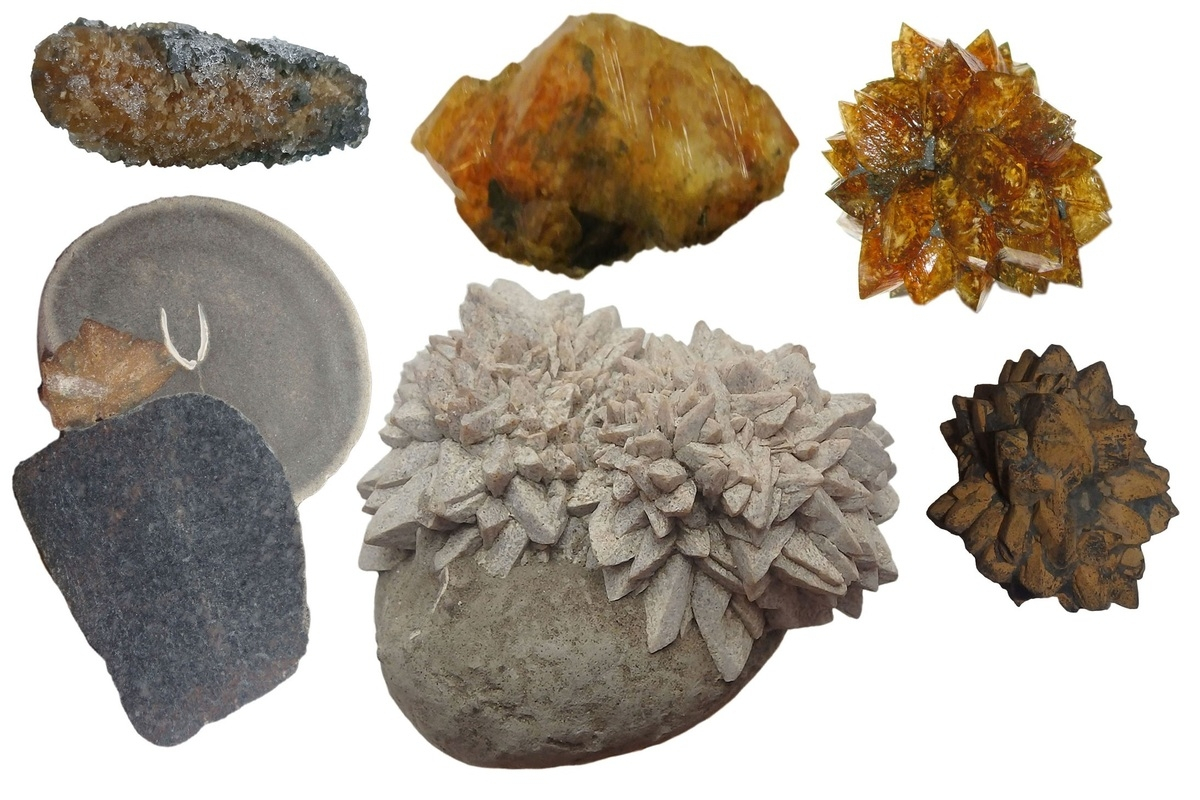New geological database to help scientists reconstruct the palaeoclimate

Scientists from St Petersburg University together with their colleagues from the Geological Institute of the Russian Academy of Sciences and VNIIOkeangeologia have compiled a database on the mineral ikaite and glendonite — geological indicators of low temperatures. The compiled data will help researchers understand how the temperature on the Earth’s surface has changed over the last 540 million years.
The research findings are published in Earth System Science Data.
Examining rock sections on land and at the bottom of the sea makes it possible for geologists to reconstruct the climate of the past. One of the ‘tools’ to decipher the palaeoclimate are minerals. This is because their temperature fields of stability are well known. For example, geologists tend to associate carbonate minerals with warm-water or temperate environments. The St Petersburg University scientists turned their attention to ikaite. It is cold-water calcium carbonate hexahydrate (CaCO3 6H2O) and forms in natural environments at temperatures ranging from −2 to +7°C. Ikaite is found in Arctic ice and caves, and its replacement products (glendonites) are found in marine sediments around the world.
Ikaite and glendonite indicate that the sedimentary rocks were formed in cold environments. Despite nearly 200 years of study, the formation mechanisms of glendonites are still poorly understood.
Oleg Vereshchagin, Associate Professor at St Petersburg University, mineralogist
‘Our goal therefore was to find the geochemical conditions of the formation of ikaite and its transformation. We also aimed at clarifying its significance for palaeoclimatic reconstructions,’ emphasised Oleg Vereshchagin, Associate Professor at St Petersburg University, mineralogist, head of the project ‘Water calcium carbonates and their pseudomorphoses as indicators of climate: mineralogical and geochemical study of ikaite, monohydrocalcite and glendonites.’
The research team used academic publications, reports and museum collections to summarise the findings and isotopic characteristics of ikaite and glendonites over the last 540 million years of the Earth’s history. The database compiled includes more than 700 occurrences and reveals that glendonites characterise cold-water environments, although their distribution is highly irregular in space and time.
Studies have shown that in the geological past of the Earth, the formation of glendonites is mainly associated with cold water environments. However, not all of Earth’s major glaciations and other cooling events of the Phanerozoic (a geological eon that has lasted for the last 540 million years) are associated with glendonite occurrences. Quaternary (less than 1 million years old) glendonites and ikaites have been described from all ocean basins of the world, while preQuaternary occurrences have a heterogeneous distribution which might indicate, among other things, the poor preservation of the carbonates themselves (ikaite and glendonites) and their host sediments.
Scientists had previously examined glendonites taken from concretions on Sakhalin Island. General geological and geochemical data show that in these samples ikaite crystallised and transformed into calcite in the sea basin at low bottom temperatures. Due to the fact that at the early stages of transformation, glendonites were a closed system, all isotopic and geochemical characteristics are well preserved. These data can be used for palaeoclimatic reconstructions, mainly for palaeotemperature and water salinity. The characteristics obtained will also be of help for scientists in improving existing climate models and clarifying the palaeoclimate.

